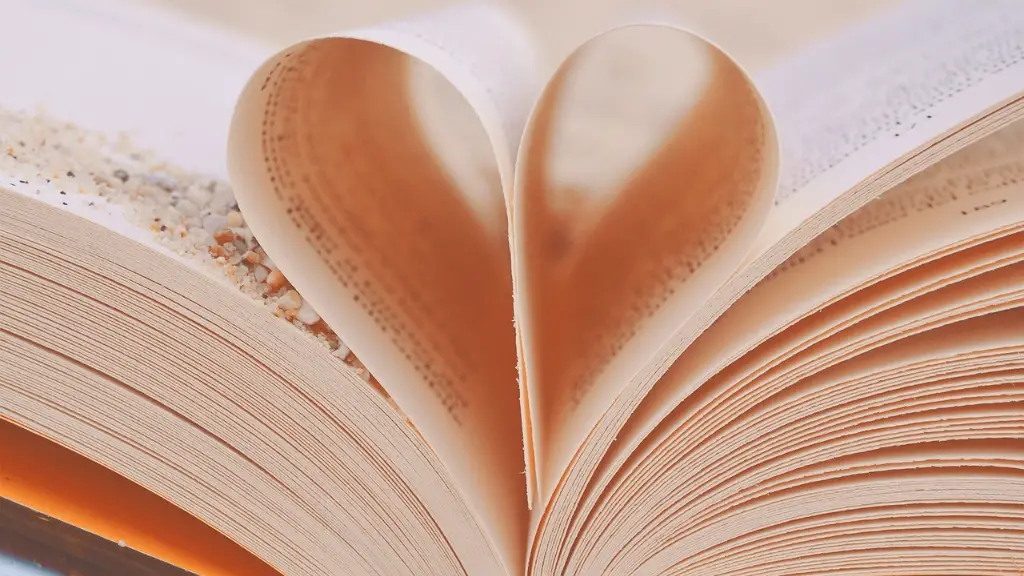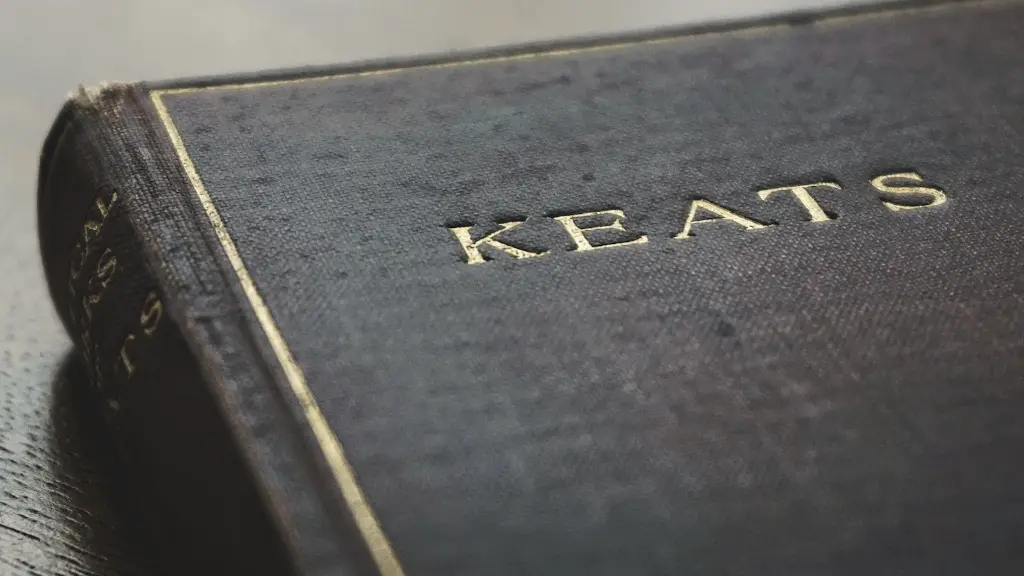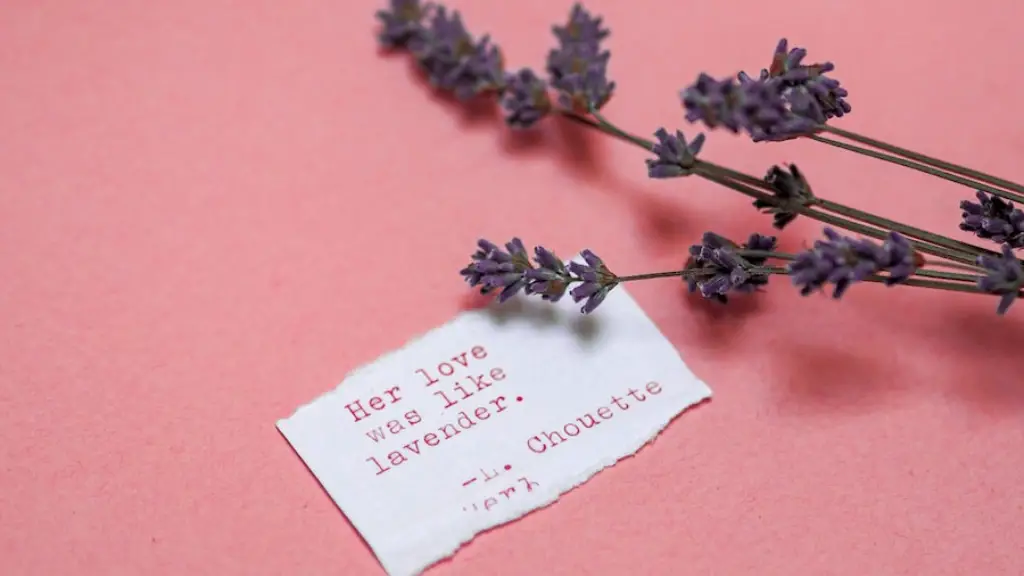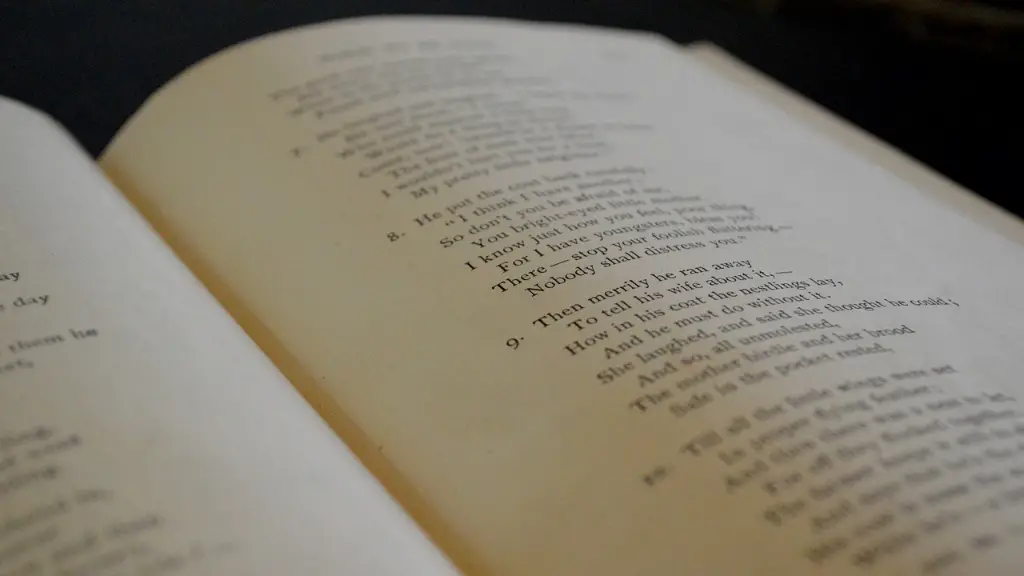How to Create Animated Poetry
Many authors, poets and lyricists have experimented with animation to come up with a visual interpretation of their written art. Animating poetry gives authors the opportunity to make their work come alive in a way that readers are not used to. It can also attract new readers and viewers to the poem and its intended message. Creating animated poetry is a great way to break out of the traditional literary mould and bring another dimension to your work.
Preparation Before Animating
Before creating your animated work, it is important that you have a clear vision of what you want it to say. The beauty of poetry is that not everybody will take the same meaning from it, but with animation, you are adding an extra tool for the reader to use in order to better interpret the poem. The animation needs to be an enriching addition, not a distraction from the written work. Have a good sense of the poem you want to animate, the tone, the message and the emotion.
Bringing it to Life with Animation
Having a good understanding of the poem and what it is about, you can now focus on animating. There are two main ways to animate poetry, using HTML or using video editing software. Using HTML you can use coding to create a simple animation, such as a blinking cursor that mimics the writer typing out their work, or something more complex such as flying letters or text.
Using a video editing software such as After Effects, you can animate words and images to create something even more visually compelling. This type of animation allows the poem to be seen in motion and come alive, expressive and engaging. When creating an animation with video, try to match the motion with the form and content of the poem.
Matching Visuals to the Poem
Visuals are an important element of animation and will help bring the poem to life. This doesn’t mean a video should be full of flashy images and effects, it’s better to use visuals that are relevant to your poem and can either directly or indirectly explain the content. Try to stay away from clichéd visuals that are overused, such as the classic sunset for love or a tornado for anger.
Try to focus on telling a story through your visuals. This can be done by incorporating symbols, objects, or colours that can be used as a medium for the poem rather than an afterthought. If you choose to make this connection between visuals and the poem, it can add a deeper level of understanding to the poem and propel the narrative forward.
Incorporating Sound Effects
The use of music and sound effects can make your animation more powerful and engaging. While sound should never overpower the poem, it should help to enhance it. Music is a great tool to illustrate the feeling of the poem, while sound effects can add a sense of urgency and movement.
Take care to choose sounds that are related to the visuals you have chosen. The visuals and sound should be complimentary and in harmony, adding to each other in order to create a effective and meaningful animation. The use of voice overs can be used to create an intimate bond with the poem, allowing it to resonate further with the audience.
Testing for Quality Control
Before you publish your animated poem, it is beneficial to get feedback from someone who hasn’t read or seen the poem before. This will help you spot any mistakes or errors with your work and provide valuable information on what you can improve. The beauty of poetry is that it is subjective so by testing you can gauge not only its effectiveness but also the emotion and message it is portraying.
When animating poetry, it is important to focus on creating an experience for the viewer that is cohesive and allows the poem to be interpreted in a new way. It is also important to make sure that you are true to the poem and that the visuals and sound are telling a story that matches the narrative of the poem. With the right preparation, anyone can create an effective and engaging animation from their written work.
Combining Types of Animation
Animation can come in many forms and styles. By combining different types of animation, you can create something completely unique. For example, combining traditional 2D animation with 3D elements can create an interesting effect that combines both styles. By adding more elements to your animation, you can create a multifaceted effects that can be visually stunning as well as emotionally powerful.
Another way to combine different styles of animation is to mix CGI effects with drawn animation. This technique can be used to create something truly captivating and engaging. For example, by combining hand drawn elements with a layer of motion graphics, you can create a one of a kind animation that draws in viewers and tricks them into believing they are watching something much more live action than what it actually is.
Including Special Effects in Animation
Special effects are often used to create even more dynamic animation. By using a few strategic effects, you can really heighten your animation and take it to a whole new level. Special effects such as blur and light flares can be used to add an ethereal quality and create an otherworldly effect.
Special effects can also be used to create a certain mood or atmosphere for your animation. For example, adding a water ripple effect to your animation can create a calming atmosphere or a zoom effect can create a sense of urgency.
Choosing Colors to Uplift Your Animation
Colors are incredibly powerful and influential on how people interpret and feel about an image. Choosing the right colors for your animation can help to make it more eye-catching, as well as more meaningful. Different colors us also help to create different moods and emotions, such as red can create a sense of anger and yellow a sense of happiness.
When choosing colors for your animation, you should try to stick to a limited number of colors. By having a few colors, you can create a more unified and cohesive animation that can help to illustrate your poem in the best light. Keeping the colors cool and muted can help to create a tranquil and serene atmosphere, while brighter and more vibrant colors can create a sense of energy and excitement.
Incorporating Sound Effects to Reshape the Poem
Sound has the power to reshape a poem completely, adding an extra layer of emotion and meaning. Different genres of music can either heighten the emotion of the poem or take it in a completely different direction.
Certain types of music, such as classical and ambient, can help to bring out the emotion in a poem, while more upbeat and energetic music can help to liven it up and make it more exciting. Similarly, sound effects can be used to give the poem a certain depth and atmosphere.
By incorporating subtle sound effects such as bird song, thunder, or a heartbeat, you can add an extra level of atmosphere and emotion to your animation
Developing Your Animation Skillset
In order to be able to create the best possible animated poem, you need to have a clear understanding of the basics of animation. By familiarising yourself with the terms and techniques of animation, such as keyframes, motion tracking and text animations, you will be able to create a much more effective animation.
Learn to use different animation software, such as After Effects and Adobe Animate, as this can help you to understand the process and techniques of animation. It is also useful to familiarise yourself with HTML, as this can help you to create a web based animation that can be shared easily with readers and viewers.
Improving Your Poem Through Animation
By creating an animated version of your poem, you can identify areas of improvement. It is often easier to improve a poem by animating it, as it is possible to get an overview of the poem in its entirety and understand the details better.
When animating, try to focus on translating the emotion and mood of the poem. It is often easy to get lost in the details, but the key is to stay focused on the poem itself and what it is trying to say. By constantly looking back at the poem and comparing it to the animation, it is easier to identify what needs to be improved.
Publishing and Distributing Your Animated Poem
Once your animation is complete, you can then share it with readers and viewers. It is important to take the time to think about how you would like to distribute the animation – should it be hosted online or shared with media outlets? Choose a platform that will help to spread the work and reach the most people.
When you publishing and distributing your animated poem, make sure to promote it as much as possible. One of the best ways to do this is to share it with other individuals who can help to reach a wider audience. Social media is a great way of promoting your work and will help to reach more people who may be interested in it.
Creating Impactful and Engaging Animations
When creating animated poetry, the goal is to create something that is not just visually stunning but also captivating and impactful. To do this, focus on the emotion of the poem and use visuals, sound, and color to create an experience that viewers will remember.
Remember that animation can be used to bring the poem to life in a new and imaginative way, by combining different techniques, such as HTML coding and video editing software, you can create something truly unique and meaningful. With the right preparation and knowledge, you can create an animation that will blow readers and viewers away and help to expand the reach of your work.



